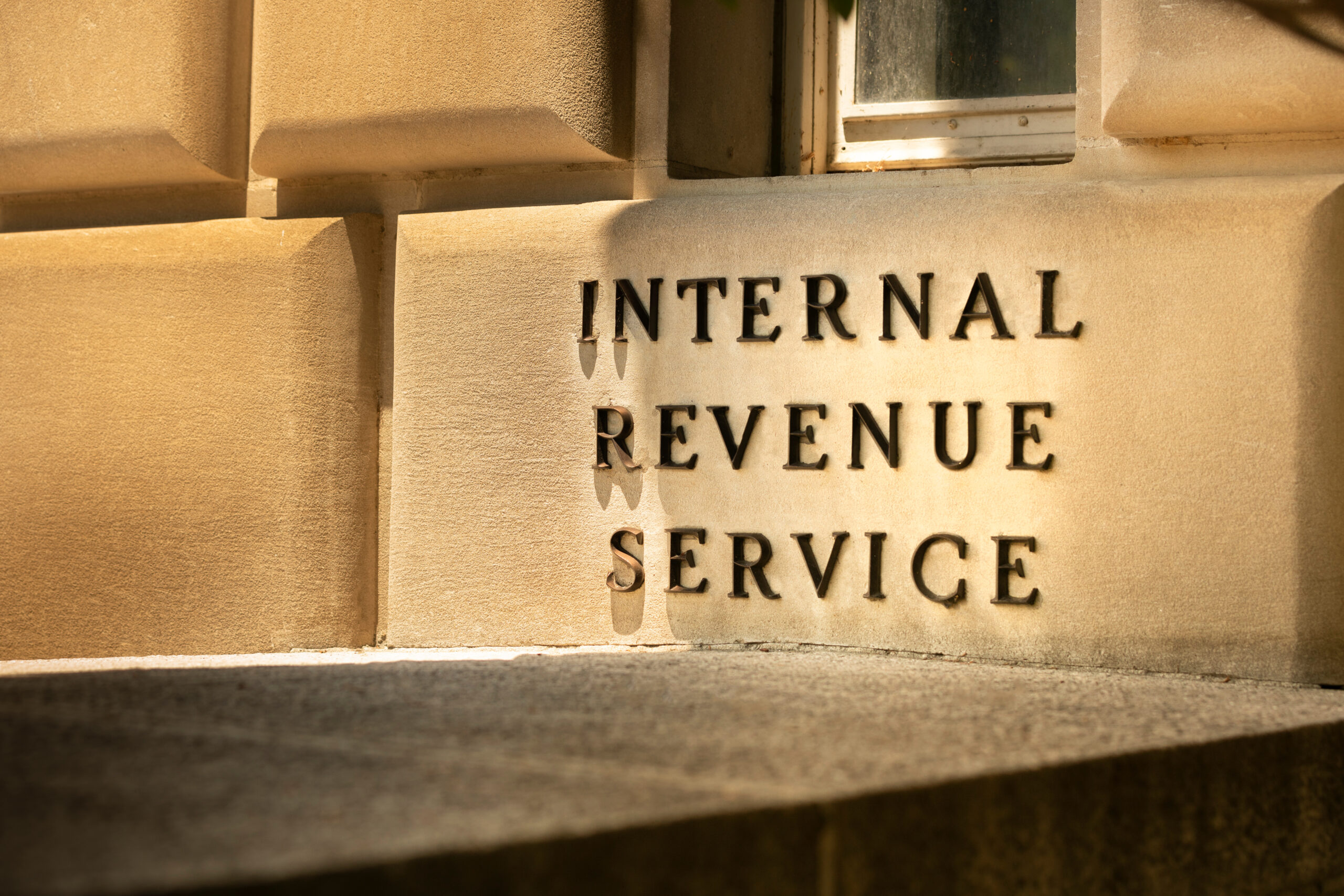Biden Semiconductor CHIPS Act Subsidies: Analysis
President Biden signed the bipartisan CHIPS and Science Act of 2022 into law in August of last year, promising $52 billion of manufacturing incentives on top of $24 billion of investment tax credits. But passing a law to authorize billions of dollars’ worth of incentives for semiconductor investment is not a guarantee to actually get billions of dollars’ worth of semiconductor investment. Especially not when the incentives come with bureaucratic strings attached and leave the underlying tax code biased against investment more broadly.
The Biden administration detailed the requirements CHIPS Act funding applicants will have to meet in a 75-page notice released this week. As a preview of the level of bureaucracy involved, the “Program Summary” notes:
To fund any project, the Department must engage in an individualized review to determine whether the project is in the economic and national security interests of the United States and whether it satisfies the many eligibility requirements of the CHIPS Act, as well as to determine the types and amounts of funding appropriate for the project.
A quick sampling of some requirements. All firms would have to submit plans for workforce needs, “describe whether and how they plan to utilize iron, steel, and construction materials produced in the United States as part of their projects,” and “develop an equity strategy, in concert with their partners, to create equitable workforce pathways for economically disadvantaged individuals in their region.” Applications will be judged on a firm’s commitment to “refrain from stock buybacks,” and firms that receive funding would face prohibitions on using CHIPS Act funds for dividends or stock buybacks. For applicants requesting more than $150 million in funding, the U.S. Department of Commerce will require plans for workers to access childcare.
Among firms that receive more than $150 million in funding, Commerce will require “Upside Sharing” of a portion of “excess profits” with the U.S. government. The notice defines excess profits as any cash flows or returns that exceed what firms submit for their projected cash flows as part of their application. The so-called “upside sharing” does not specify what portion of “excess profits” the government would take, but it would not exceed 75 percent of a recipient’s direct funding award. One way to think about it is if a project is surprisingly successful, the government can claw back up to 75 percent of the awarded funds.
This micromanagement approach is bad for competition—and bad for innovation.
Last year, my colleagues and I explained how the current U.S. tax code disadvantages investments in physical capital like semiconductor fabs as well as research and development (R&D). We argued that fixing the bias against capital investment and R&D by allowing full expensing is preferable to a CHIPS-and-Science-type industrial policy approach and its long track record of ineffectiveness. The CHIPS Act implementation is proving our point.
The day before the administration announced the new requirements, Noah Smith wrote a piece titled “The Build-Nothing Country.” In it, he details the frustrating quagmire of policies that hold the U.S. back from building everything ranging from “housing to transit to solar power to transmission lines to semiconductor fabs.” The problem isn’t a lack of money, as he points out, it is “because of the country’s broken system of permitting, land use, and development.”
The tax system is also a problem. Policymakers have saddled manufacturers with cost recovery rules that prevent them from deducting the full cost of investment in plant and equipment as well as R&D. Rather than fix it, in haphazard fashion, they’ve layered narrow subsidies on top with plenty of strings attached; if you manage to succeed, they’ll have some of the subsidies back, too.
Instead of such a complex and inefficient system, policymakers should move to full expensing as part of the effort to build. A full, upfront deduction for all investment would remove the tax burden on marginal investments, while still providing the government a share of “supernormal returns,” like when a business does better than expected. Full expensing is simpler and more efficient than the industry-specific subsidy approach. It means all industries, not just politically favored ones, have the opportunity to thrive.





